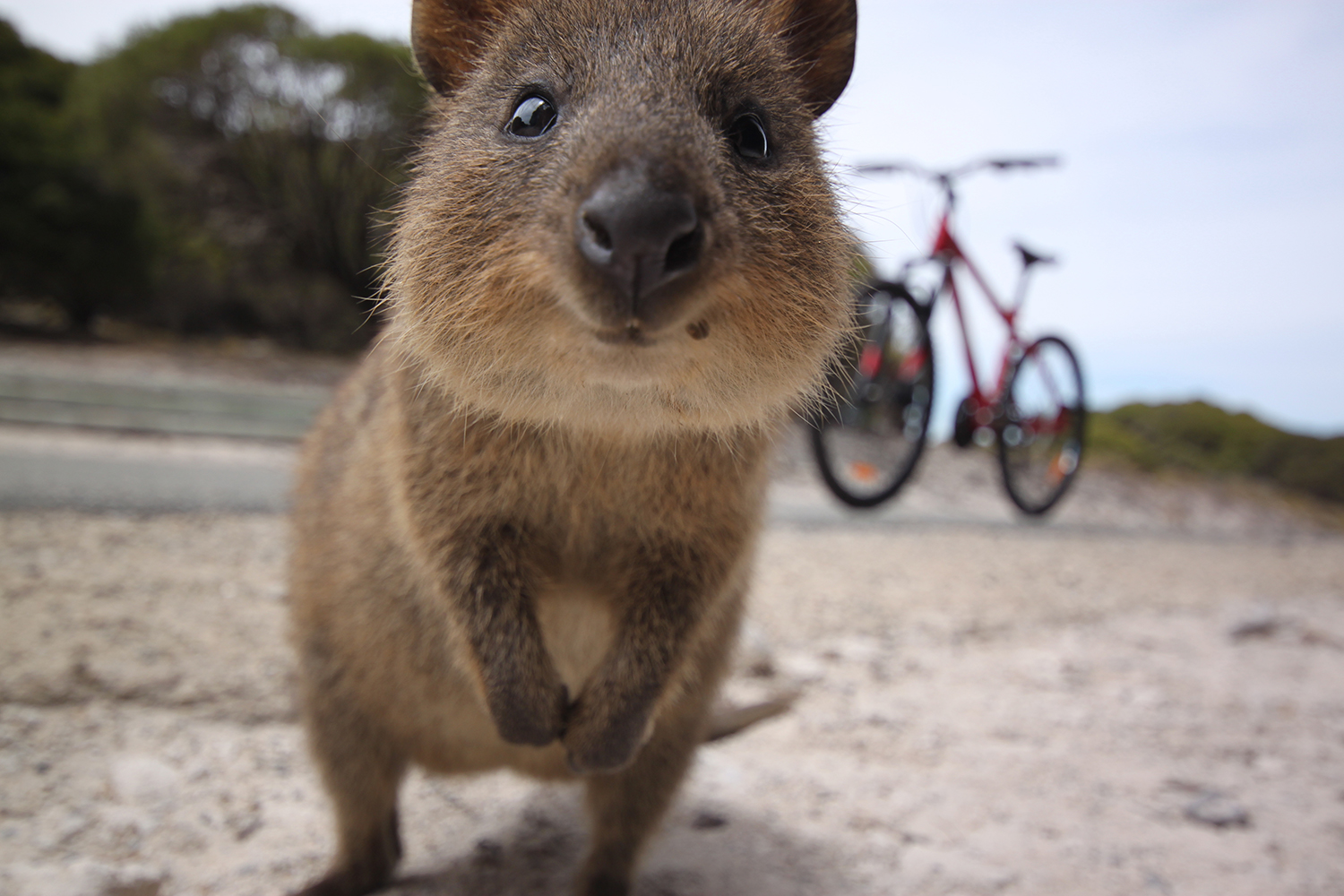
Most of WA's smaller marsupials have almost disappeared from the mainland due to predation by feral cats and foxes. They survive only in specialist fenced sanctuaries and island nature reserves, the most accessible being Barna Mia Sanctuary, surrounded by the beautiful Dryandra Woodland, 180km southeast of Perth. Parks & Wildlife (parks.dpaw.wa.gov.au) runs nocturnal tours several times a week where visitors can experience the various bandicoots (bilby, mala) and bettongs (woylies, boodies) in a natural setting. The sanctuary hopes to breed sufficient numbers of each to allow reintroduction into the wider woodland reserve.
Western Australia's state emblem, the fascinating, enigmatic and gorgeously striped numbat, is one of WA's most endangered marsupials. It survives in only a few pockets of old forest in the southwest. The dense thickets and ample hollow logs of Dryandra Woodland, coupled with an extensive predator baiting program, have seen local numbers slowly climb back from near extinction. The numbat differs from other marsupials by being mostly active in daylight; your best chance of spotting one is to take a quiet stroll through the forest.
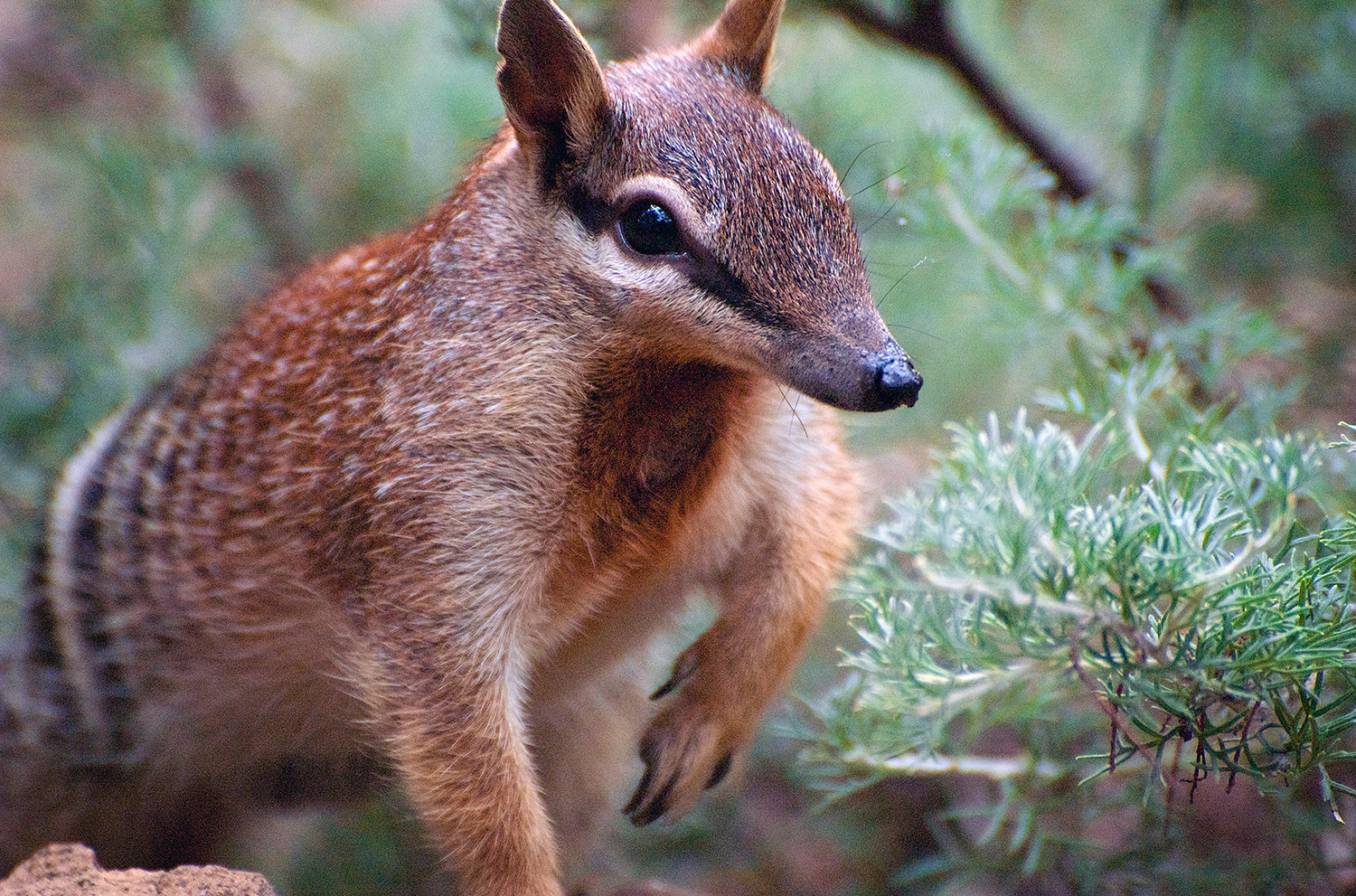
'Don't worry, they're only freshies,' is a common refrain by Kimberley locals to travellers inquiring about waterhole safety. Smaller than their saltwater cousins, freshwater crocodiles are not known to target humans. Still, locals would think twice about jumping into the water at Windjana Gorge, where rows of freshies sun themselves on the banks and murderous red eyes reflect torchlight. Lake Argyle near Kununurra is home to some 35,000 freshwater crocs, best seen from a local boat tour. Salties are a different story: unlucky tourists (and residents) have been killed by these massive reptiles. Your best chance of seeing one in the wild – and living to tell about it – is on a tour of the lower Ord River from Kununurra. Otherwise, head for Broome's Wilderness Park.
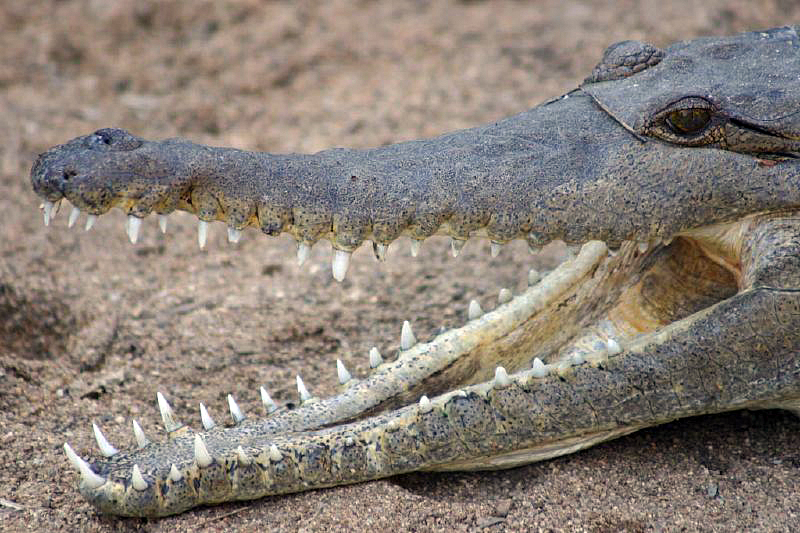
Australian Sea Lions breed on small islands along the WA coast between the Great Australian Bight and the Houtman Abrolhos Islands. Jurien Bay Marine Park hosts several breeding colonies and Green Head's tour operators can take you out for a closer look. They are notoriously edgy to approach on land (plus it's illegal). Instead, watch sea lions swimming in the bay; if you snorkel, the more brazen ones will come and interact, mimicking your movements.
Arguably Australia's most elegant bird, the graceful brolga frequents wetlands across the Kimberley. Known for its highly ritualised mating dance, these birds are never far from shallow water, and may be seen lurking around lily ponds, swamps and even irrigation channels. The Ramsar-listed Parry Lagoons near Wyndham, with its purpose built bird-hide, is a good bet, as are the overgrown ponds along the track to Mitchell Falls, and even the sewage farms on the edge of towns like Derby and Wyndham.
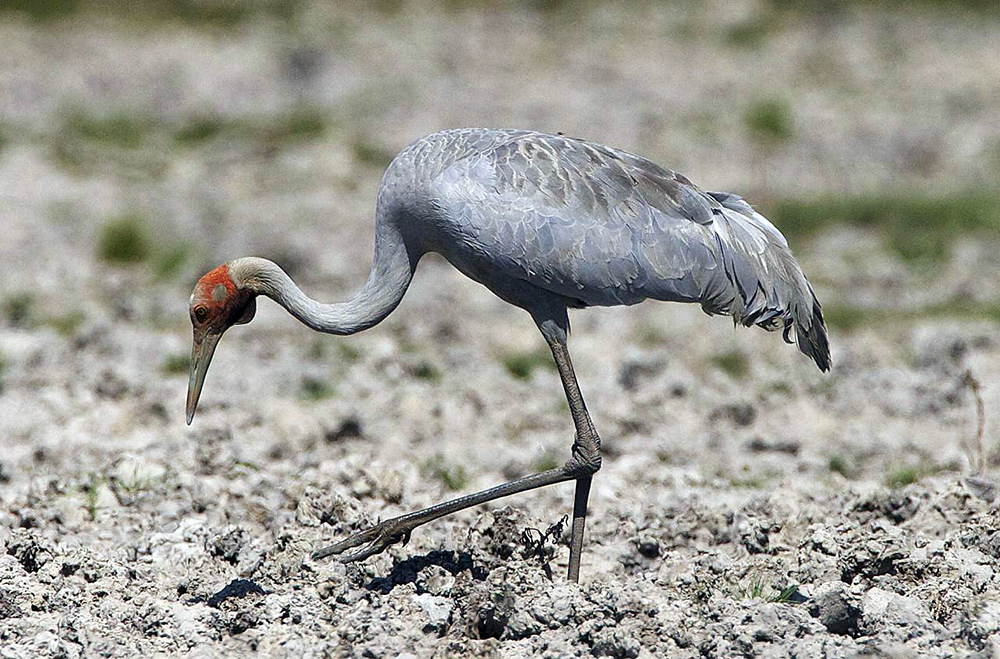
Also known as monitors, goannas are the largest Australian lizards and outback WA is crawling with them. The perentie stops the tape measure at 2.4m and is seen regularly in Cape Range National Park near Exmouth and Millstream-Chichester and Karijini National Parks in the Pilbara. You might spot a lazy sand goanna on the footpath outside your Cable Beach resort in Broome, while the beautiful Mertens' water monitor likes to sun itself on rocks above, well, Mertens' Falls on the Mitchell Plateau. Recent studies have shown that all goannas are mildly venomous so don't try to pat one.
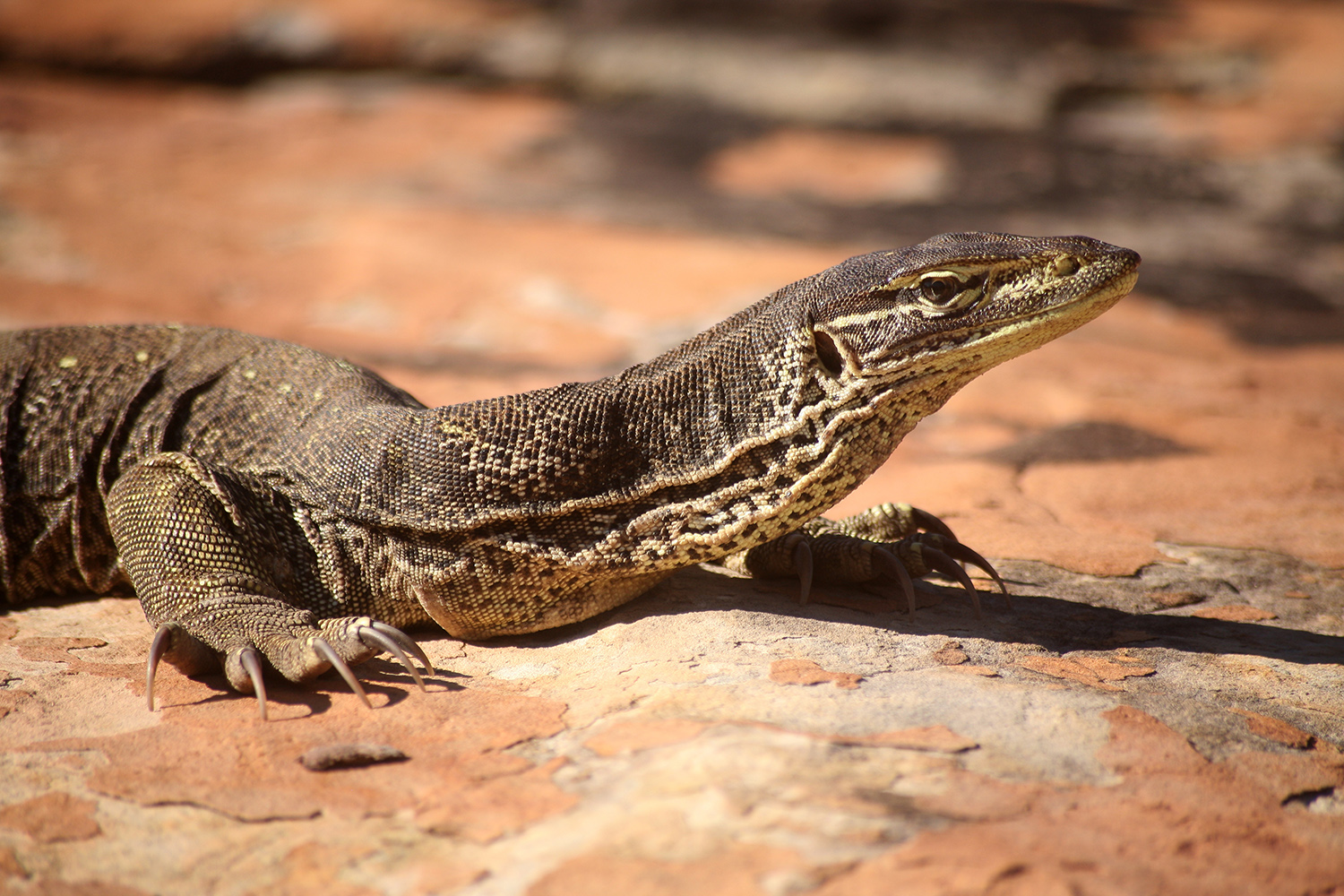
Each southern hemisphere winter, humpback whales migrate up the west and east coasts of Australia seeking warmer tropical waters. Murdudun (Quandong Point) and Walmadan (James Price Point) north of Broome in Goolarabooloo country (goolarabooloo.org.au), are ideal viewpoints with bush campsites. Albany has a particular bloody whaling history but these days you can watch humpbacks and southern right whales congregating in King George Sound.
Between October and March each year, beaches across the Pilbara and Coral coasts, from Gnaraloo to 80 Mile, resonate with turtle action – first with nesting, followed later with hatchlings. Rather than harassing the already-stressed turtles with flashlights, consider volunteering with a turtle monitoring group. Gnaraloo run their own program, while Parks & Wildlife are responsible for the one in Ningaloo. Both sites see nesting green, loggerhead and rarer hawksbill turtles. Further north, Port Hedland and 80 Mile Beach play host to migrating flatbacks. Leave the 4WD in the car park.
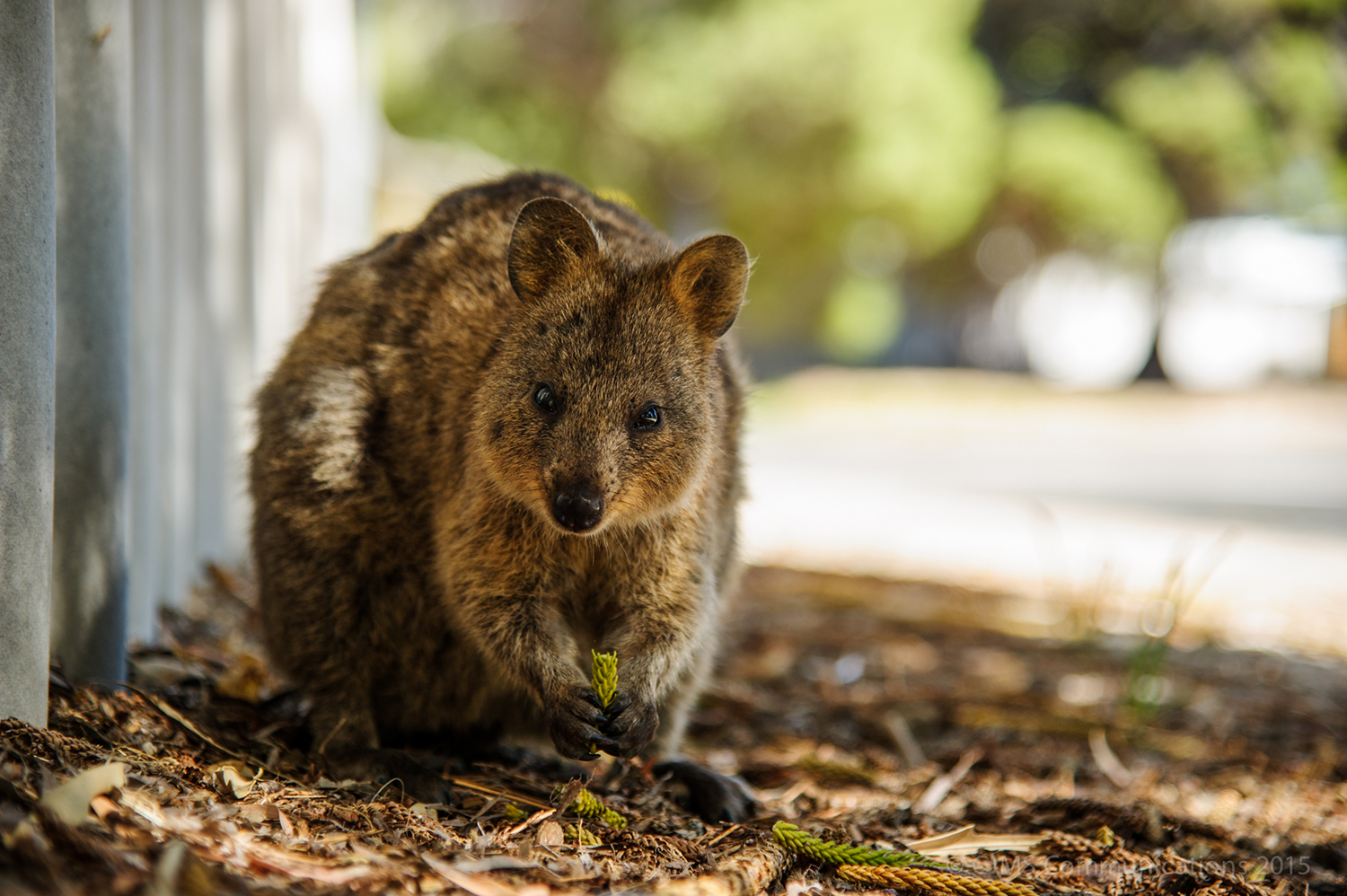
Want to see the small, cute, furry marsupials that sparked the #quokkaselfie craze (twitter.com/hashtag/quokkaselfie)? These animals once covered southwest WA, but predation by cats and foxes, as well as habitat destruction, have seen their numbers dwindle. So jump on a 30-minute ferry from Fremantle to fox-free Rottnest Island (from the Dutch 'rat's nest' – those poor misunderstood quokka). Quokka are totally unphased by tourists and will be hanging around looking for a handout, which you should refuse.
Sometimes known as a 'sea cow', this docile, slow-moving marine mammal grazes on sea-grass beds, and is most easily seen in the warm, shallow, protected waters of Shark Bay. You'll need to take a cruise to spot one, and this is smoothly combined with a visit to the famous dolphins of Monkey Mia, where several dugong-spotting tours depart daily.
There's some argument over whether these clumps of accreted cyanobacteria are actually alive, and if so, if they're plant or animal. But WA has two of the world's best examples of these incredibly ancient organisms. Hamelin Pool on Shark Bay has a boardwalk and interpretive panels and is best viewed at low tide when the mushroom-like protuberances are exposed. Lake Thetis, near the Turquoise Coast town of Cervantes has a smaller group poking out of a salt lake.
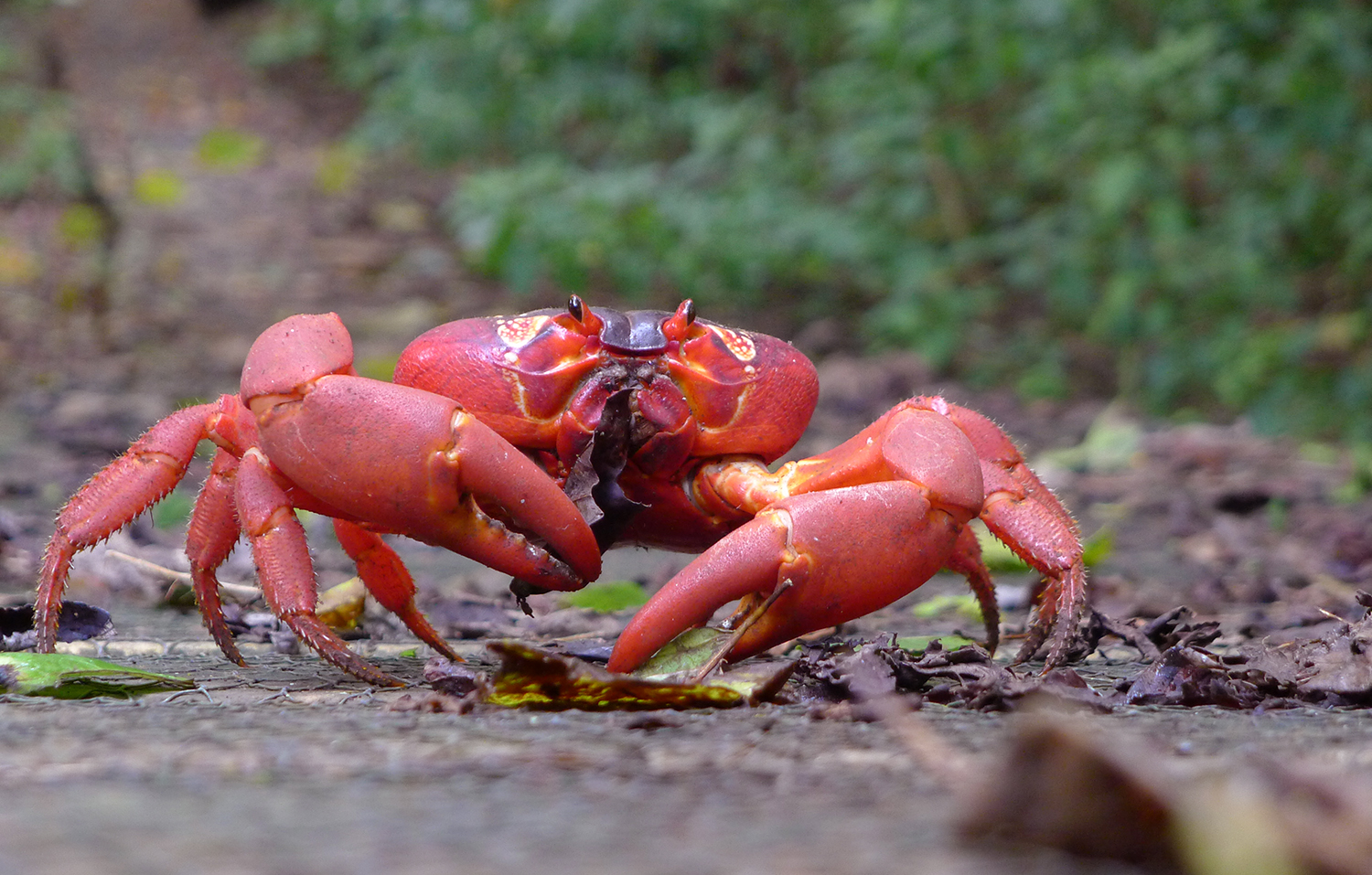
Once a year, millions of large red crabs leave their burrows high on the rainforest plateau and traipse en masse across Christmas Island. They descend to the sea to mate before returning to the forest. Sticking to set routes, the crabs will clamber over any obstacle in their way. The whole migration can last up to two weeks, and normally occurs sometime between late October and December, depending on climatic conditions.